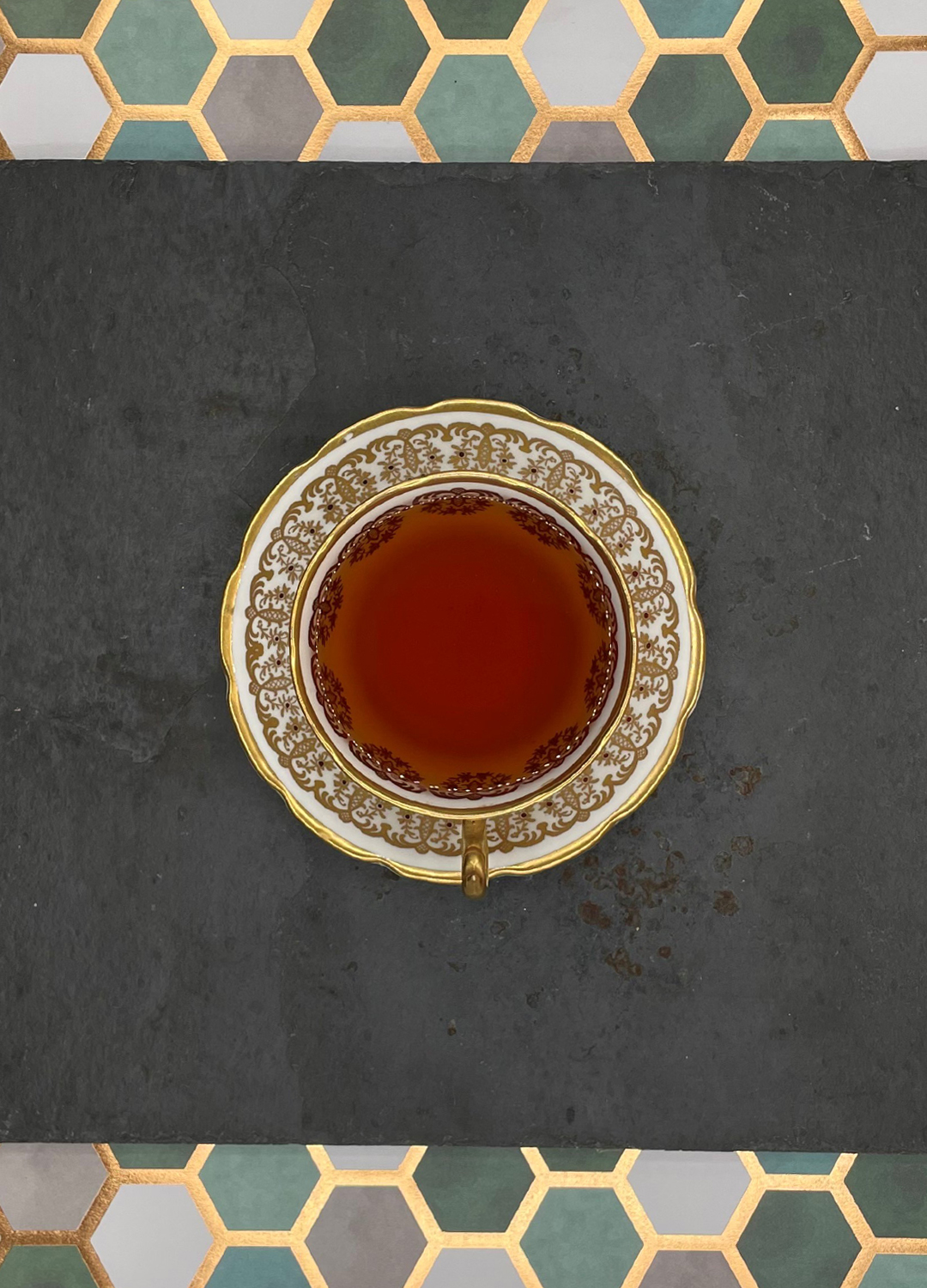Recent Posts
Categories
- Behind the Scenes (13)
- Gifting (17)
- Murchie's at Home (39)
- Recipes (71)
- Tasting Lab (6)
- Tea Stories (16)
Tag Cloud
- ice cream
- festive
- Harry and Meghan
- Spring
- lemon tea
- smokey
- latte
- picnic
- Wellness
- cold buster
- travel mug
- Peach Passion
- juice tea
- Antique
- tea cocktail
- diy latte
- Turmeric
- green-black blends
- Horchata
- white tea
- Rosé
- hot brew and chill
- hibiscus
- chai
- afternoon tea
- matcha
- cocktail
- beans
- cold brew coffee
- campfire
- canada 150
- iced coffee
- father's day
- Christmas
- Family
- Gift Ideas
- Morning Tea
- diy chai
- tea latte
- chai loose tea
- blue jasmine tea
- fruit tea
- chai tea
- Turmeric Latte
- Hibiscus Tango
- chai tea bags
- spiced tea
- tea
- hot brew
- iced tea
- sangria
- earl grey
- apple
- Easter
- Golden Milk
- canada day
- Mothers Day
- Breakfast Tea
- chamomile
- Oolong
- coffee
- tea recipe
- cozy
- pancakes
- cozy tea
- Ceylon
- holiday
- sencha
- canadian breakfast
- Turmeric Elixir
- gifts
- cold brewing
- recipe
- hibiscus tea
- hot chocolate
- pumpkin spice
- Valentine's Day
- cold steeping
- Family Day
- royals
- Brunch
- Tea Eggs
- royal tea
- camping
- cold brew
Tasting Lab: Bard's Blend
AJ Ward - July 1, 2023
 Bard's Blend was developed in conjunction with Poet's Blend, so it made sense to release them back to back. They're in a sense 'sister blends', following the same blending principles, despite how differently they turned out.
Bard's Blend was developed in conjunction with Poet's Blend, so it made sense to release them back to back. They're in a sense 'sister blends', following the same blending principles, despite how differently they turned out.
Whereas Poet’s Blend mixes black tea with floral-scented green and oolong teas for an aromatic, garden-in-your-cup experience, Bard’s Blend takes a different approach. Using a mix of malty and nutty black teas from India and China, they’ve been paired with smoky gunpowder green tea, and a blend of roasted oolongs. The result is a mix of toasted grains, and the barest hint of smoke. I’ve described it as ‘buttered toast’.
For those who have shied away from green-black blends because they don’t like floral, grassy, ‘green’ flavours, this would be a tea worth exploring. It’s more alike to Anniversary Blend, Canada 150, or Paris Afternoon, all green-black blends that don’t lean into florals. Anniversary is quite malty with just a touch of gunpowder smoke; Canada 150 is a nice balance between sweet Keemun and smooth oolongs (with that touch of maple), and Paris Afternoon’s dominant flavour comes from the peppery, smoky Yunnan teas, with a heavy dose of caramel flavour.
Bard’s Blend’s concept follows these lines—leaning into the maltier, cocoay, sweet flavours of black teas. The addition of green and oolong teas is enough to lighten the cup and add interesting aromas and notes.
Oolong tea spans a range of different processing styles and oxidation levels; they can be very green to very dark, heavily roasted, or lightly baked. The result is a wide variety of flavour profiles. Bard’s Blend uses a mix of oolongs; a traditionally charcoal-roasted Ti Kuan Yin adds notes of roasted grains, toast, sweetness and fruit; a medium-light Sechung oolong adds fruity and buttery flavours, and a silky mouthfeel. Pair these with stout, malty Assam, peppery sweet Yunnan, and green and smoky gunpowder, and you get a robust but surprisingly nuanced tea.
I bounced around a few names for this blend. Since it sat counterpoint to Poet’s Blend, it felt like it should have a similar name. I kept coming back to ‘Bard’. I realize a bard is a poet, but I liken it more to minstrels, storytellers, playwrights, and musicians. Or as a tribute to The Bard, Shakespeare, even if he missed tea’s arrival into England by about 50 years! But part of the Fun of the Tasting Lab as a preview for new blends and ideas, is the name doesn’t always stick. It’s a work-in-progress, an experiment, just as much as the blend is.
It would be interesting to hear tea-drinker’s thoughts on a more fitting name. Maybe something more Literary-inspired. In the system, Bard’s Blend is catalogued as No. 211, which is mysterious enough on its own, and fits Murchie’s legacy. Maybe that would be the best name for it. But maybe that would just make it easy to confuse with No. 22 and No. 11.
Murchie’s has many discontinued numbered blends that I’d also like to explore bringing back in the future.
There is a very small amount of Poet’s Blend left over, but once it’s gone, it’s gone. In its place will be a preview for the September 2023 tea release. Until then, writing reviews to Poet’s Blend’s page is the best way to let us know your thoughts. Tasting notes are always lovely to read. Tasting Lab favourites always have a chance of returning—but we don’t know they’re favourites if we don’t hear anything.

